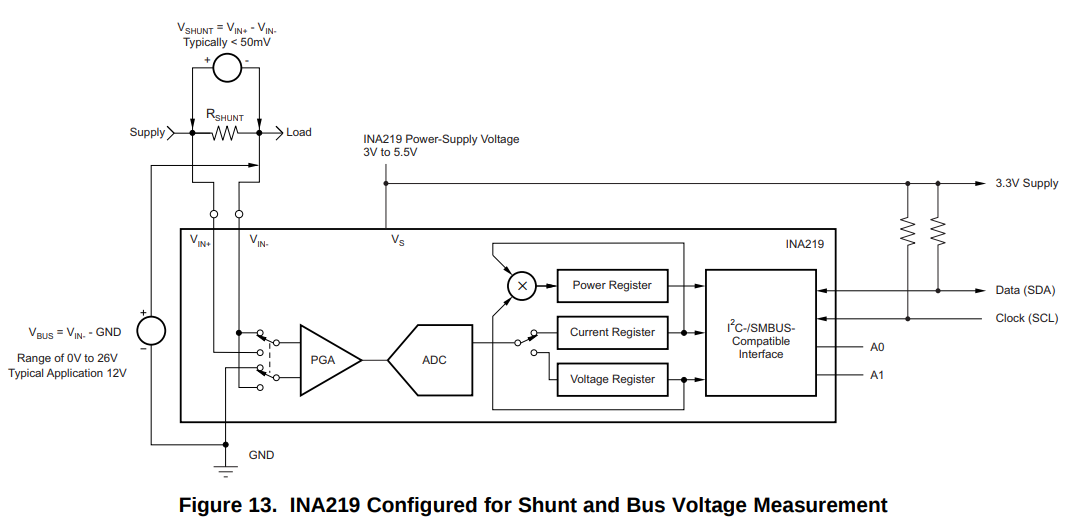
simulate this circuit – Schematic created using CircuitLab
I want to measure voltage of 12V battery powering something by INA219 connected parallel to this battery and read it with RPi via I2C. Is this possible with INA219? Should I use something else for this? I tried to connect it like I imagine but I had to use 1K resistor between INA219 and battery and my reading then look like this:
Bus Voltage: 0.008 V
Bus Current: 12.305 mA
Power: 0.000 mW
Shunt voltage: 1.240 mV
This way Bus current looks exactly like my voltage provided on Vin
I tried connecting grounds from battery and RPi but there was no change.
Added schematic. Is it clearer now?

